Most dogs can handle cool weather fairly well, but some breeds are true masters of survival in extreme cold.
These dogs not only tolerate freezing temperatures — they actually thrive in them.
Below are the 10 most cold-resistant dog breeds on Earth, including Eskimo dogs, Alaskan Malamutes, Siberian Huskies, Samoyeds, Inuit dogs, Tibetan Mastiffs, Saint Bernards, Great Pyrenees, Tibetan Terriers, and Newfoundlands.
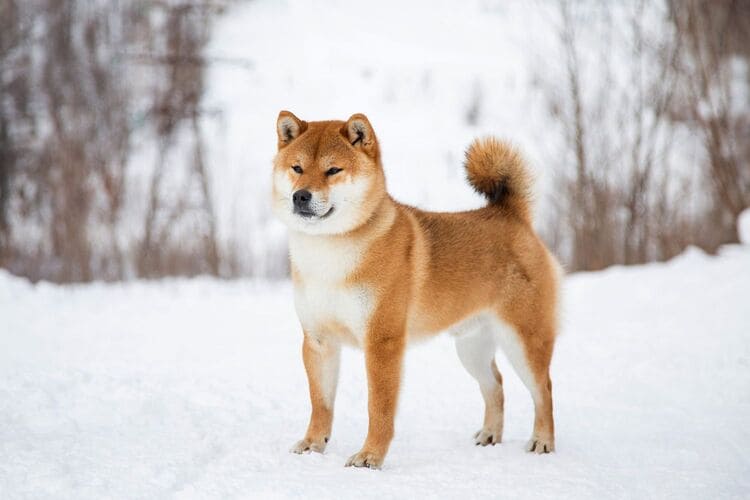
Topping the list is the Eskimo dog, a tough, polar working breed from eastern Siberia.
Adapted to the harshest climates on Earth, it can live and reproduce even in –50 °C conditions.
Its coarse, thick double coat insulates perfectly against the cold, and it’s strong enough to pull heavy sleds across ice.
An adult can haul loads weighing dozens of kilograms.
These dogs are famous for their endurance, intelligence, and ability to rest calmly even while buried in snow — with just their head above the surface.
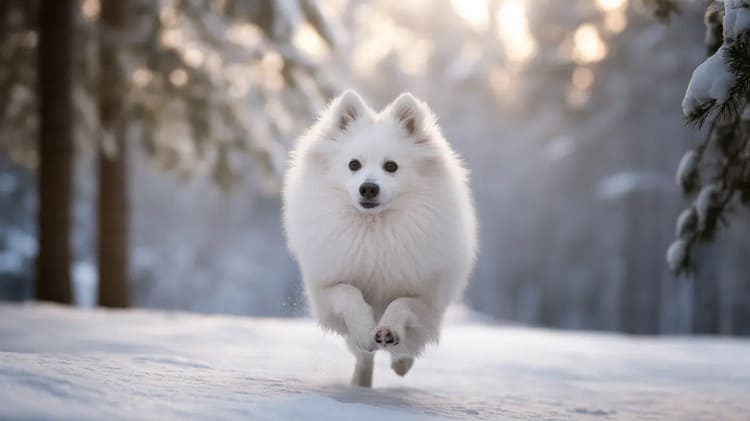
One of the oldest Arctic sled dog breeds, the Alaskan Malamute was bred by Inuit tribes for hauling cargo over frozen terrain.
It has a dense, double-layer coat — a soft, warm undercoat and a coarse, waterproof outer coat — giving it superior insulation.
Malamutes are built for strength and stamina rather than speed, capable of pulling heavy sleds for hours through blizzards and sub-zero temperatures.
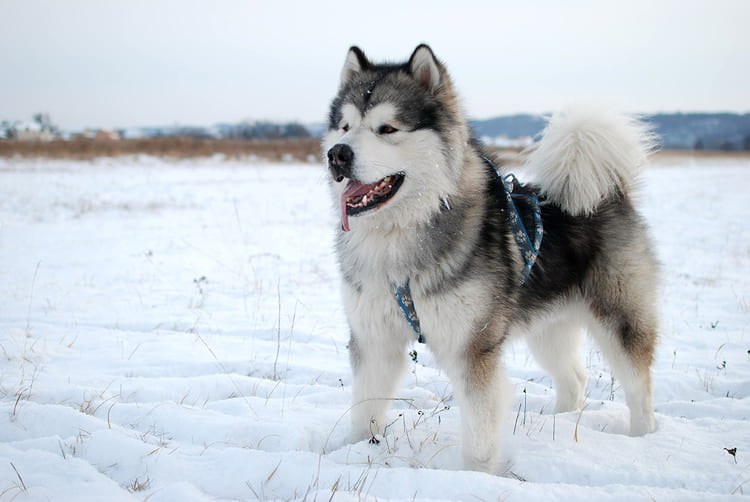
The Siberian Husky, another famous sled dog, thrives in frigid weather.
Its medium size, double coat, and high energy make it both resilient and efficient in extreme cold.
Originally bred by the Chukchi people of Siberia, Huskies were essential for transportation, racing, and carrying supplies across the Arctic tundra.
Their endurance, speed, and cooperative temperament have made them icons of cold-weather resilience.
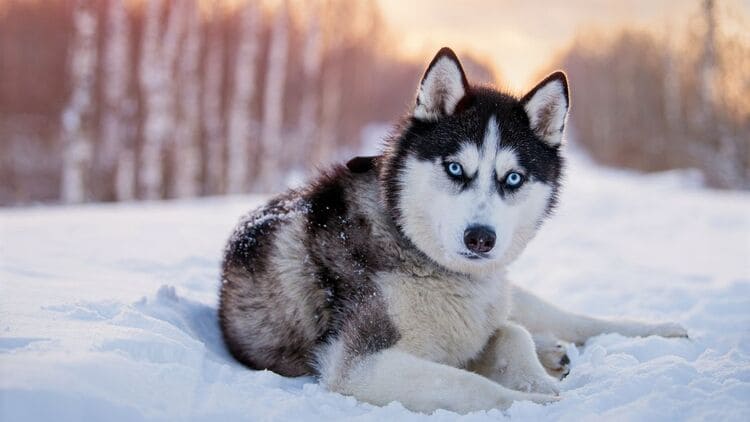
The Samoyed, bred by the Samoyede tribes of northern Siberia, is one of the most beautiful yet powerful sled dogs.
Beneath its famous white, fluffy coat lies a muscular, athletic frame built for work.
Samoyeds can run tirelessly for dozens of kilometers through snow, even in temperatures below –40 °C.
During polar expeditions, teams of Samoyeds have hauled several hundred kilograms of supplies across icy landscapes with minimal rest.
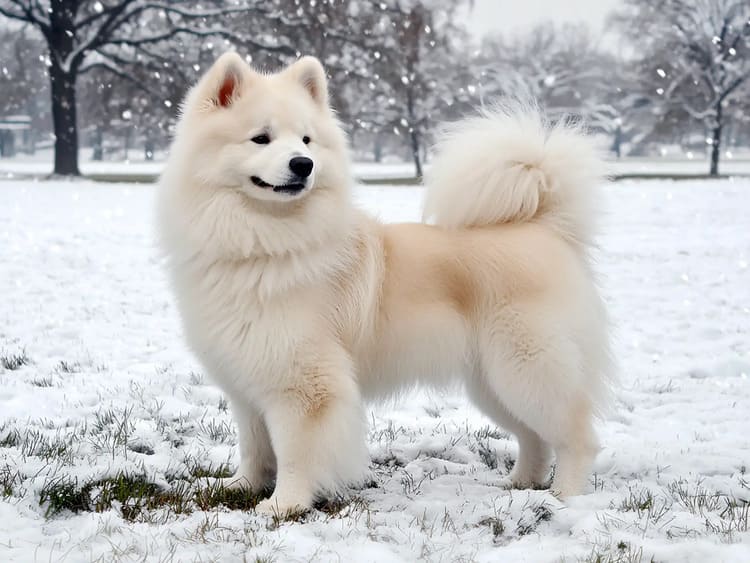
The Inuit dog, also known as the Canadian Eskimo Dog, has deep wolf ancestry.
Large, rugged, and remarkably cold-resistant, it can sleep peacefully in piles of snow at temperatures far below zero.
For the Inuit people, these dogs were once essential for survival — pulling sleds, carrying supplies, and helping hunters navigate vast frozen lands.
In summer, they even pulled boats as draft animals, proving their unmatched strength and loyalty.
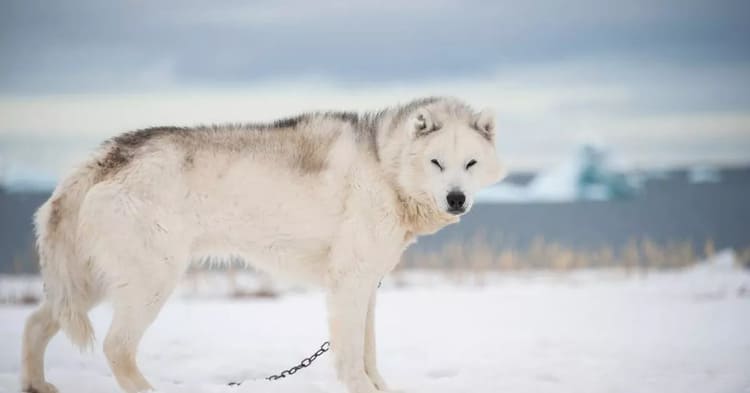
The Tibetan Mastiff is a legendary guardian dog from the Himalayan Plateau, where altitudes range from 2,000 m to over 4,000 m.
It thrives in regions where average annual temperatures hover around freezing and lows drop to –30 °C or lower.
Adapted to thin air, intense UV radiation, and bitter cold, the breed has evolved into a massive, powerful dog with thick fur, strong muscles, and exceptional endurance.
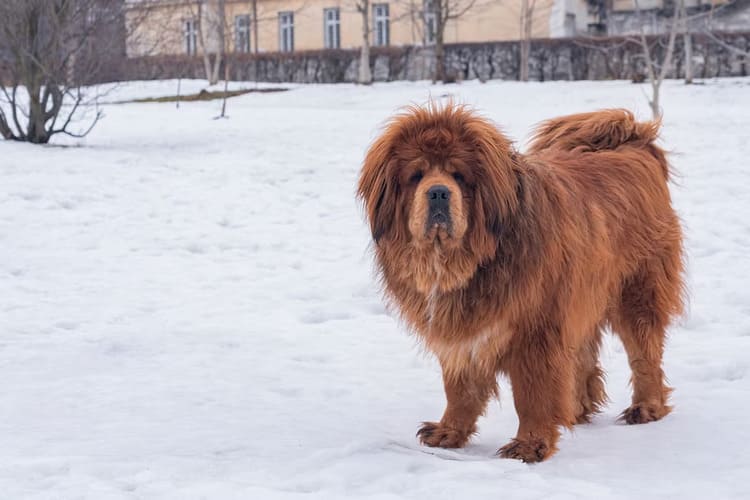
The Saint Bernard, native to Switzerland, was developed by crossing the Tibetan Mastiff and Newfoundland.
It became world-famous as an avalanche rescue dog in the Alps.
No matter how fierce the snowstorm, these gentle giants can track and dig out buried victims.
Historical records show that Saint Bernards have rescued more than 2,500 people, and one named Barry alone saved 40 lives in a single snow disaster.
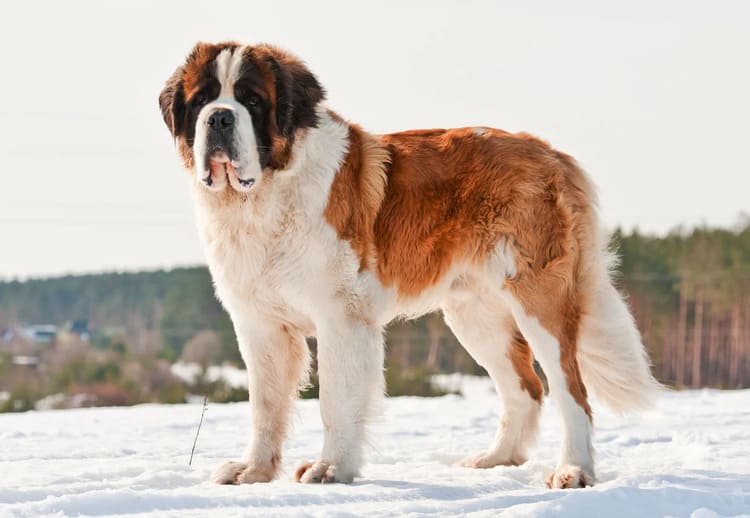
The Great Pyrenees, or Pyrenean Mountain Dog, is another giant breed built for cold.
Originating from the snowy mountain ranges between France and Spain, it has a thick, weatherproof double coat and an even temperament.
Used as both a livestock guardian and a sled dog, it can easily navigate deep snow while protecting flocks or carrying supplies.
Their calm strength and reliability make them valuable companions in harsh winter environments.
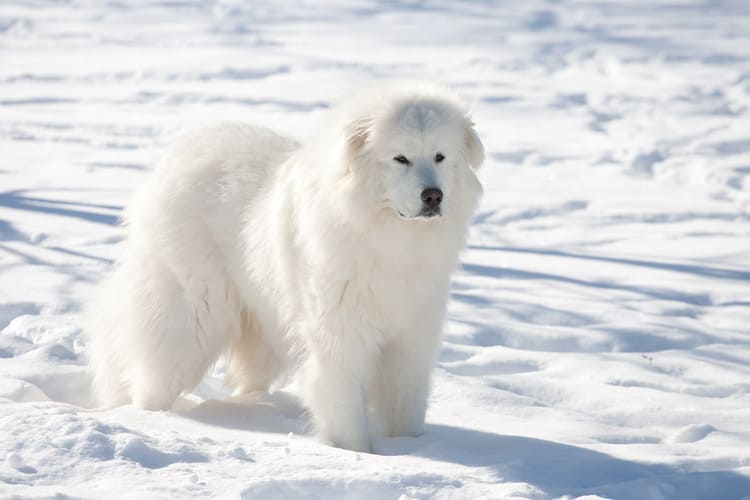
Not all cold-weather dogs are large — the Tibetan Terrier proves that size isn’t everything.
Bred centuries ago by Tibetan monks in mountain monasteries, this medium-sized dog was used to herd livestock and retrieve goods from steep, snowy slopes.
Its soft undercoat and dense outer coat provide excellent insulation against blizzards, while its large, flat feet act like natural snowshoes.
Loyal, intelligent, and brave, the Tibetan Terrier is an ideal cold-weather companion.
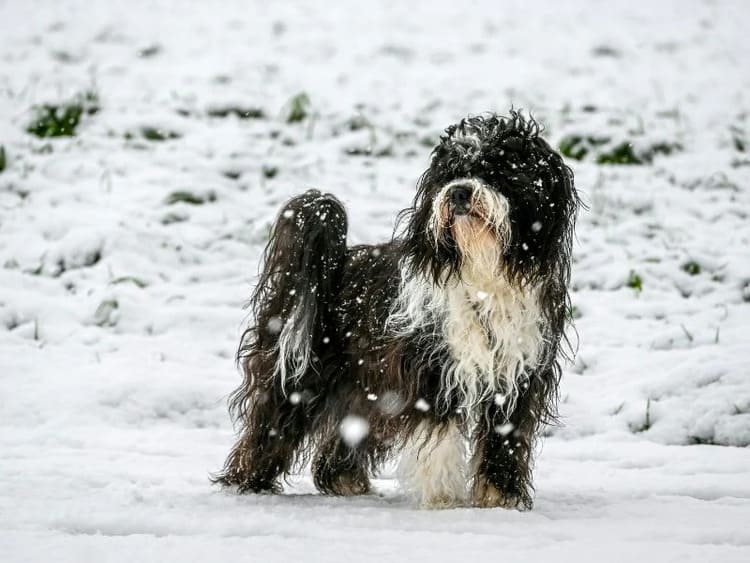
The Newfoundland is a massive, water-loving breed with extraordinary strength and endurance.
Its thick, oily double coat protects it from freezing water, and its webbed feet allow it to swim effortlessly through icy seas.
Traditionally, Newfoundlands were used to haul fishing nets, tow boats to shore, and rescue drowning sailors.
Their combination of intelligence, power, and tolerance for extreme cold makes them one of the world’s best cold-climate working dogs.
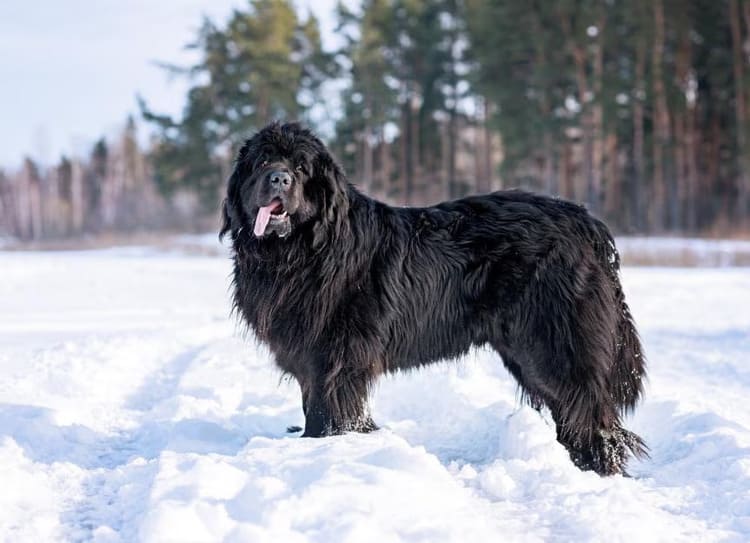
The world’s most cold-resistant dogs are not just survivors — they are workers, rescuers, and companions shaped by centuries of evolution in harsh environments.
From the Arctic tundra to the Himalayan peaks, these dogs have proven that courage and endurance can conquer even the coldest places on Earth.
All information in this article is compiled from canine breed research and polar expedition records as of October 13, 2025.
If you have more insights or experiences with cold-weather breeds, feel free to share them in the comments below.
animal tags:
We created this article in conjunction with AI technology, then made sure it was fact-checked and edited by a Animals Top editor.